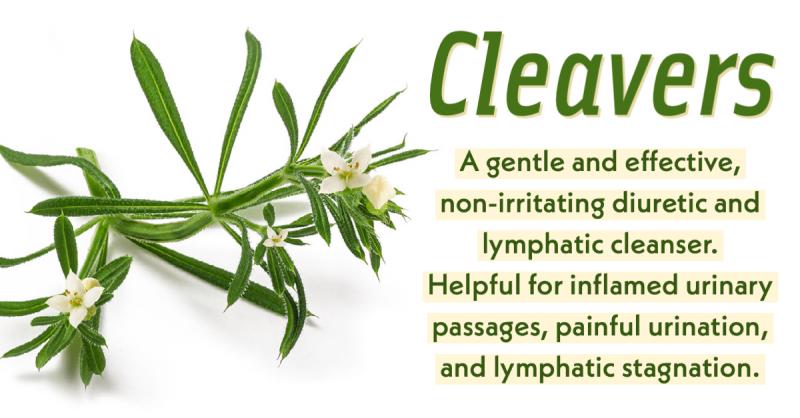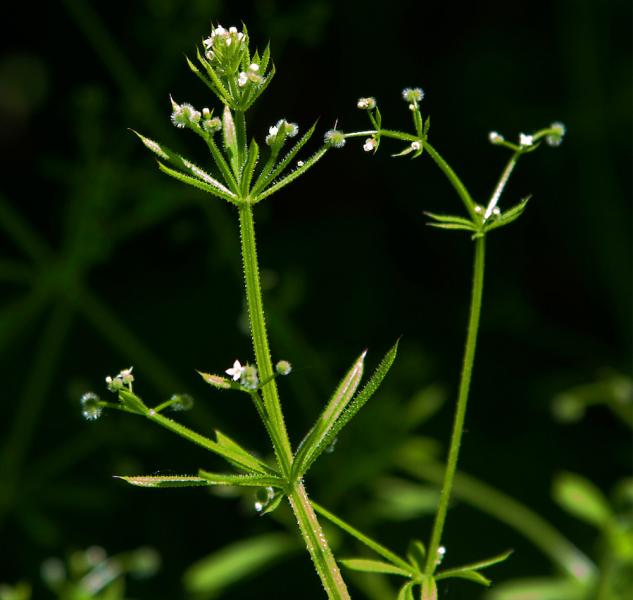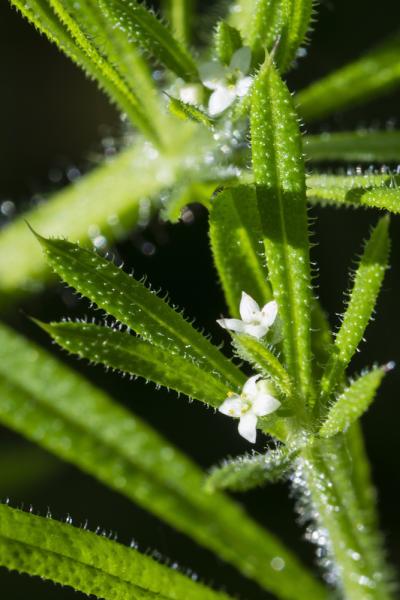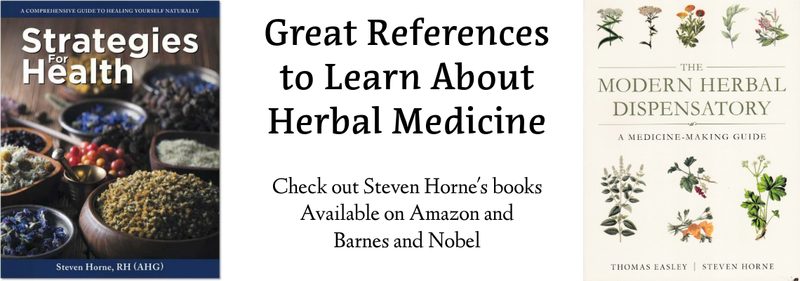
Back in the early 90s, I worked with a mother and her young son. He had a bladder problem where the bladder muscle was overly thick and it was causing him problems with urination. He needed surgery to correct the problem, but he needed to wait a while before the surgery could be safely performed. He needed help with urinating, but couldn’t use most diuretics because they overstimulated the already enlarged bladder.
I didn't know what to do as I'd never run across this problem before. So, I reached out for help from another experienced herbalist. I asked for advice from David Winston and he suggested I use non-irritating diuretics, a concept I was not familiar with at the time. These are diuretics that don’t have a stimulating, i.e., irritating, action. Examples include dandelion leaf, parsley, cornsilk, and the herb I’m going to discuss in this article, cleavers or bedstraw.
I made up a formula using tinctures of these herbs and it worked very well. The boy was able to urinate properly until he was able to have the surgery.
Identifying Cleavers
 Cleavers was one of the main remedies I used to help this boy and is one of my favorite gentle, non-irritating diuretics. It also happens to be a plant that I find fascinating. When I’ve found a stand of cleavers in Utah, it has usually been growing underneath the scrub oak trees that are common in this state. It’s easy to identify because the stems have whorled leaves and the plant is covered with little hooked hairs that cling to anything they touch, thus giving it the common name cleavers. The other common name is bedstraw because the plant was used to fill mattresses because the straw would cling together to form a unified shape in the mattress.
Cleavers was one of the main remedies I used to help this boy and is one of my favorite gentle, non-irritating diuretics. It also happens to be a plant that I find fascinating. When I’ve found a stand of cleavers in Utah, it has usually been growing underneath the scrub oak trees that are common in this state. It’s easy to identify because the stems have whorled leaves and the plant is covered with little hooked hairs that cling to anything they touch, thus giving it the common name cleavers. The other common name is bedstraw because the plant was used to fill mattresses because the straw would cling together to form a unified shape in the mattress.
For those of you unfamiliar with botanical terms, whorled refers to multiple leaves coming off of the stem in a circle around the stem, as can be seen in the pictures found with this article. So, if you see a plant growing one to three feet high underneath trees with whorled leaves, touch it, and if it has a sticky nature you’ve found cleavers. You can see the little hooks that make cleavers sticky in the picture below.
Medicinal Uses for Cleavers
 Cleavers is one of the best cooling, soothing diuretics and lymphatic herbs we have. It is helpful for all types of inflammatory conditions in the urinary system, including cystitis, nephritis, and urethritis. It’s helpful when the urine is cloudy and urination is painful and combines well with cornsilk in this situation. Cleavers are also mildly lithotriptic, helping to prevent the formation of kidney stones and also helping to flush them from the system.
Cleavers is one of the best cooling, soothing diuretics and lymphatic herbs we have. It is helpful for all types of inflammatory conditions in the urinary system, including cystitis, nephritis, and urethritis. It’s helpful when the urine is cloudy and urination is painful and combines well with cornsilk in this situation. Cleavers are also mildly lithotriptic, helping to prevent the formation of kidney stones and also helping to flush them from the system.
Cleavers also aid the function of the lymphatic system, flushing fluid from the tissues and then helping to remove it via the kidneys. It’s helpful for lymphatic stagnation, swollen lymph nodes, and edema involving swelling in the extremities of the body.
Cleavers are also a mild alterative. They help to remove waste material from the body via the lymphatics and kidneys and can help clear up skin conditions like acne and psoriasis. You can combine cleavers with herbs like burdock, red clover, and dandelion root for this purpose. They have even been used to help fibrocystic breasts, reduce prostate swelling, and help fight cancer.
Other possible uses for cleavers include sore throats, damp coughs, and removing fibrous tissue. The women of some native tribes would use the herb as a hair rinse, to strengthen and make their hair grow longer.
Using Cleavers
Cleavers are edible. The young leaves and stems can be cooked as a leafy green vegetable. Fresh cleavers can be juiced and small amounts drunk as a tonic to cleanse the system as a spring tonic. The diuretic effect is stronger with the fresh juice. You can also make an infusion to drink as a spring tonic. As an annual plant in the coffee family, the fruit can be roasted similarly to coffee beans to produce a beverage with a coffee-like flavor.
I’ve primarily relied on cleavers in tincture or glycerite form, typically as part of a formula for the urinary and/or lymphatic system. It’s a very effective remedy for children, being gentle and completely non-toxic, as well as having a mild flavor. As previously indicated, it combines well with other gentle diuretics and lymphatic herbs such as red clover, dandelion leaf (as a diuretic), dandelion root, cornsilk, marshmallow, parsley, and burdock.
Downloads
Steven's Articles
-

-
Barberry and Healthy Personal Boundaries
A thorny shrub for fighting infections and supporting…
December
-

-
The Evidence for Berberine
A yellow alkaloid found in traditional infection-fighting…
-

-
The Sensible Use of Caffeinated Herbs
Kola nuts, guarana, and yerba mate and other herbs…
-

-
The Health Benefits and Problems with Coffee
This popular caffeinated beverage can be beneficial…
October
-

-
Understanding Caffeine & Cellular Adaptation
Preserving the power of caffeine's buzz and the…
September
-

-
Horseradish
A pungent spice for aiding protein metabolism…
-

-
Banaba or Crepe Myrtle
A beautiful tree from Southeast Asia whose leaves…
August
-

-
Monkeyflowers
Flower essences to help see ourselves more clearly…
-

-
Mariposa Lilies
Strengthening the bond between mother and child…
-

-
The Noble Bay Leaf
A common kitchen herb for aiding digestion and…
-

-
Epimedium: Horny Goat Weed
A circulatory stimulant and kidney yang tonic…
July
-

-
The Medicinal and Nutritional Benefits of Apricots
A nutritious fruit and valuable medicinal seed for coughs
-

-
Dogwoods
Asian dogwood is used to stop excessive discharge,…
June
-

-
Neem: The Village Pharmacy
A popular Ayurvedic remedy for dental and immune…
-

-
Spilanthes: The Toothache Plant
A traditional remedy for teeth and gums, as well…

